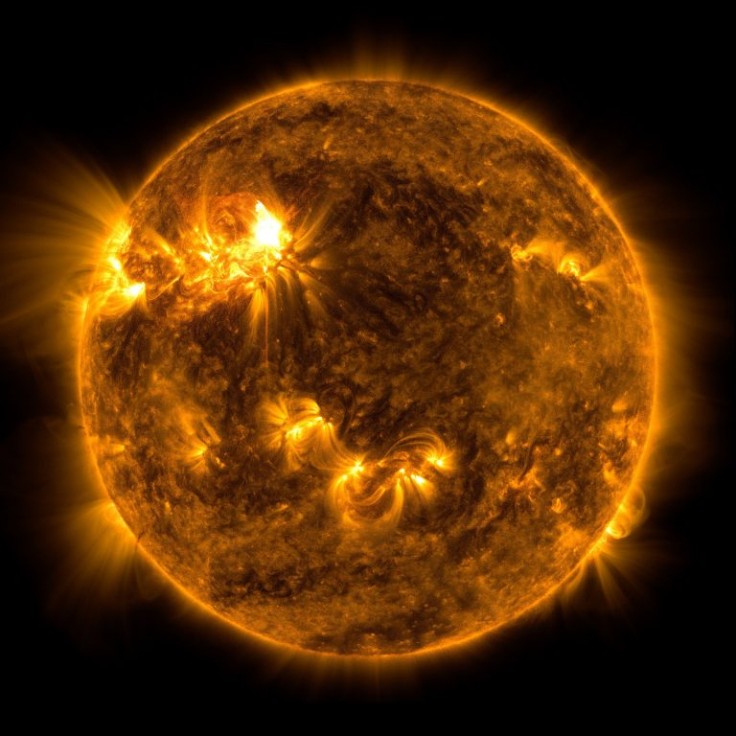
The sun seems to be having a lot of celestial temper tantrums lately.
The Solar Dynamics Observatory of the National Aeronautics and Space Administration (NASA) recently captured the sun emitting a moderate solar flare, per NASA's blog post on the matter.
Fortunately for us, this particular solar flare doesn't come with any negative effects on life on Earth.
Latest Solar Flare Details
According to NASA's blog post, the recently recorded solar flare peaked at 9:59 pm ET on April 20, 2022. It is said to be an M-Class flare, which is a tenth of the size of the most intense ones the sun ever had.
The Space Weather Prediction Center of the National Oceanic and Atmospheric Administration (NOAA) described an M-Class flare's severity as minor, meaning that they only cause radio blackouts on the side of Earth currently exposed to sunlight.
However, not everything about solar flares is a bad thing: when they occur, the sun releases huge bursts of electrically charged particles that collide with the Earth's magnetosphere to create the auroras Borealis and Australis, per the Royal Museums Greenwich.
Read More : Lincoln Star Concept — Will the Company Concentrate on the Markets of the U.S> or China?
This particular solar flare caused NOAA to release an advisory stating that it would create a moderate probability of auroras in the next 24 hours.
The last time the sun had a solar flare was on April 19, 2022, when the sun had two solar flares: a moderate one that peaked at 9:35 pm EST and a strong one that peaked at 11:57 pm EST, per a separate NASA blog post.
What are Solar Flares?
A solar flare, as defined by NASA, is an intense burst of radiation from the release of magnetic energy associated with sunspots. These events last from minutes to hours. High-energy particles, such as electron streams, hard x-rays, and radio bursts, are often emitted through these solar flares by a coronal mass ejection (CME), per Britannica.
When the charged particles of a CME reaches Earth, they can collide with our planet's magnetosphere, causing the auroras we know today. However, solar flares can also harm life on Earth.
Although they are harmless to us while we are within the confines of Earth, the charged particles from the CMEs can disrupt or break satellites in orbit. It can also cause disturbances with telecommunication and navigation systems, affect power grids, and blackout entire cities and even regions, per EarthSky.org.
The last time a solar storm affected the power grid was on March 13, 1989, when a CME caused a power failure in Québec and across parts of the southeastern US. The blackout lasted nine hours and affected the six million people living in the region.
Charged particles from CMEs can also be fatal to unshielded astronauts due to radiation poisoning if they're exposed to the charged particles for too long.









